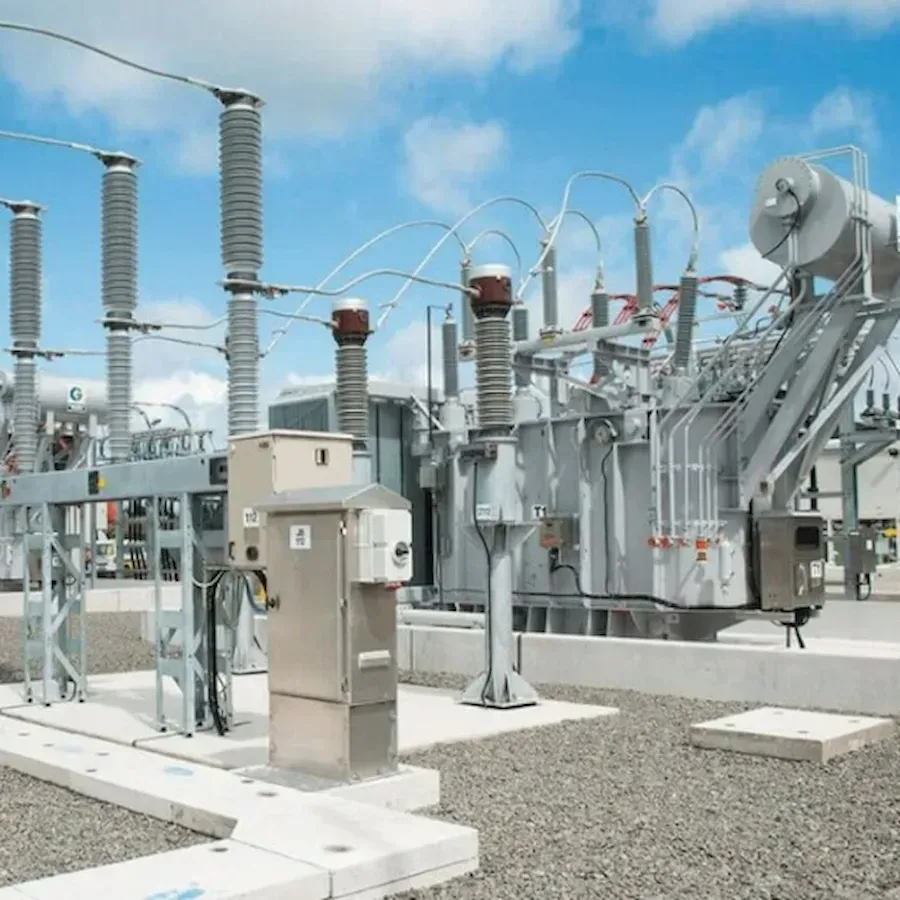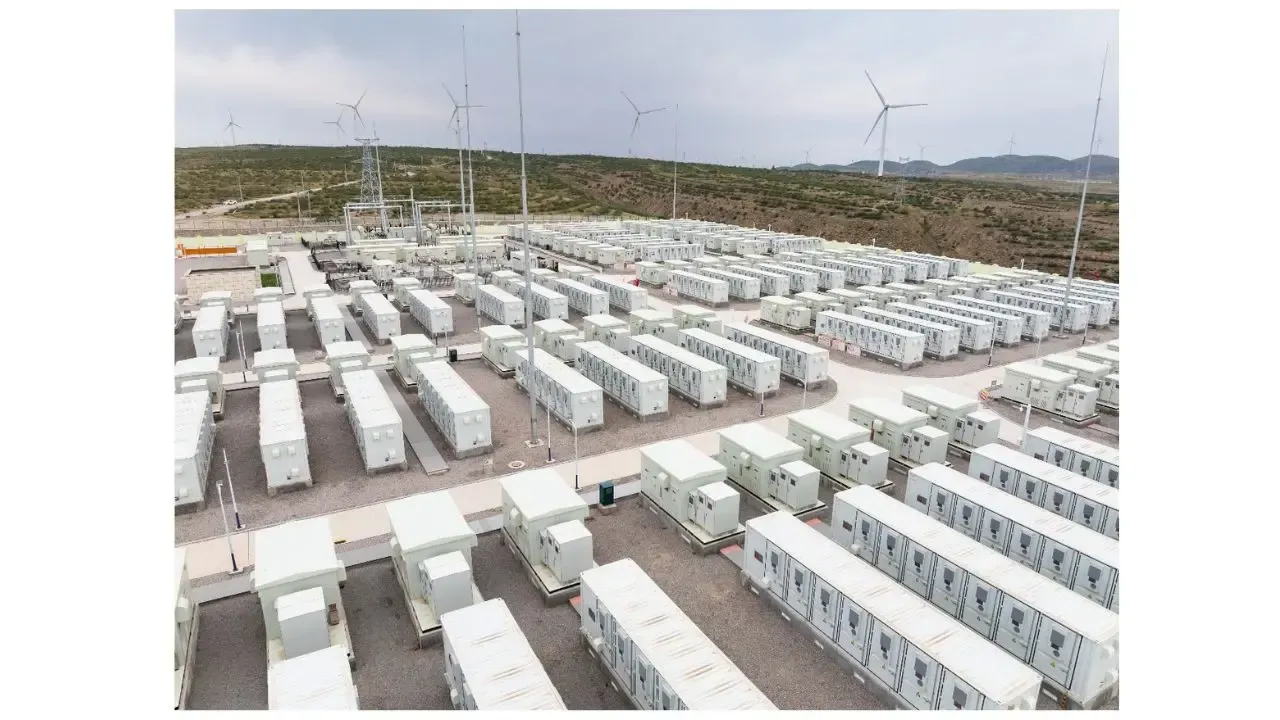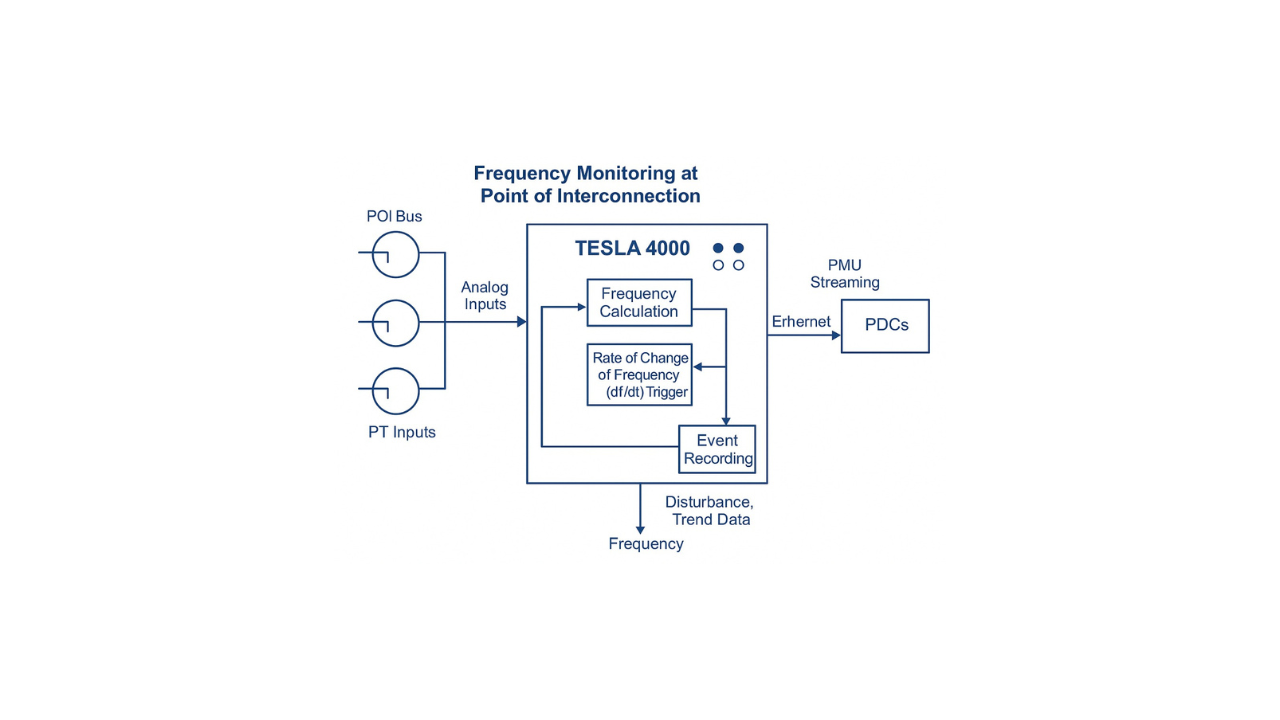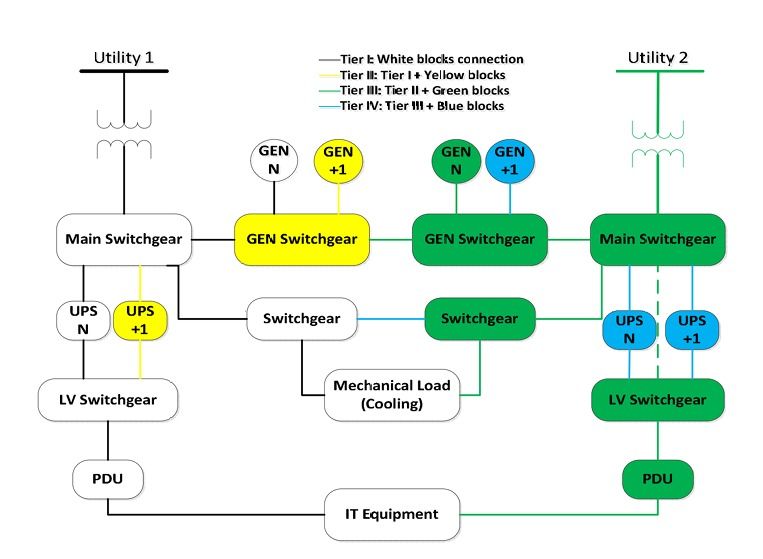A Coordinated Electric System Interconnection Review—the utility’s deep-dive on technical and cost impacts of your project.
Enhancing Grid Reliability Through Load Flow and Reactive Power Compensation Studies
May 16, 2025 | Blog

Introduction
As power systems evolve with increased renewable integration, load flow studies and reactive power compensation have become essential to maintain grid reliability, operational efficiency, and regulatory compliance. Keentel Engineering delivers advanced load flow and reactive compensation studies to help utilities and developers maintain voltage stability, reduce losses, and meet ANSI/IEEE standards.
What Is a Load Flow and Reactive Compensation Study?
A load flow study evaluates how real (MW) and reactive power (MVAR) flows through a network, measuring voltage levels, power losses, and equipment loading. It ensures that the system can handle varying loads or generation without violating technical constraints.
Reactive compensation involves deploying devices like:
- Capacitor banks
- Static Var Compensators (SVCs)
- Statcoms
These stabilize voltage, improve power factor, and enhance grid efficiency.
Objectives of Load Flow & Reactive Power Studies
- Ensure Grid Code Compliance and interconnection approval
- Maintain voltage within ANSI/IEEE thresholds
- Identify overloaded assets and power loss hotspots
- Prevent voltage collapse under contingencies
- Recommend optimal reactive power placement
Tools and Methodology
We utilize tools such as ETAP, PSSE, and DIgSILENT PowerFactory to simulate and analyze power system behavior. Methodology includes:
- Base Load Simulation
- Contingency Analysis (N-1)
- Voltage Profile Evaluation
- Reactive Compensation Planning
Each study accounts for:
- Transformer tap settings
- Load growth forecasts
- Generator dispatch assumptions
- Seasonal variations
Confidential Case Studies
Case Study 1: Collector System Undervoltage Fix (34.5 kV)
Issue: Remote nodes at 0.89 pu during solar peak.
Solution: 2 MVAR capacitor bank added.
Result: Voltage improved to 0.98 pu.
Case Study 2: Reactive Compliance at 138 kV Interconnection
Issue: A renewable project failed ISO reactive capability.
Solution: SVC installation.
Result: Maintained 0.95–1.05 pu voltage band.
Case Study 3: Post-Contingency Voltage Collapse Prevention
Issue: Transformer outage caused unacceptable dips.
Solution: STATCOM recommended and validated in dynamic models.
Case Study 4: Transformer Overload Resolution
Issue: 110% transformer loading.
Solution: Compensation rerouting via feeders.
Result: Loading reduced to 92%.
Case Study 5: Reactive Exchange Mitigation
Issue: Excessive reactive export during off-peak hours.
Solution: Control system for capacitor switching.
Result: Achieved near net-zero reactive exchange.
Why Keentel Engineering?
Keentel Engineering provides end-to-end power system study solutions, from feasibility to design and commissioning support. Our engineers ensure your system meets interconnection standards and operates efficiently across all scenarios.
Conclusion
Conducting a thorough load flow and reactive compensation study is essential to maintaining voltage stability, grid reliability, and compliance with interconnection requirements. These studies offer invaluable insights for planners, developers, and utilities as they navigate the evolving power grid landscape. Integrating proper compensation devices not only enhances operational performance but also ensures long-term economic and technical viability.
Frequently Asked Questions – Load Flow & Reactive Power Studies
1. Why is reactive compensation important in load flow studies?
Reactive compensation ensures voltage stability, minimizes losses, and enables efficient power delivery by maintaining a balanced power factor and preventing voltage drops.
2. What tools are typically used for reactive compensation studies?
Common tools include ETAP, PSSE, DIgSILENT PowerFactory, and ASPEN OneLiner, depending on the complexity and grid requirements.
3. What voltage limits are typically considered acceptable in such studies?
Voltage limits are usually maintained between 0.95 pu to 1.05 pu per ANSI C84.1 and IEEE 519 standards.
4. What is the difference between static and dynamic reactive power compensation?
Static compensation (e.g., capacitor banks) offers fixed or stepped support, while dynamic compensation (e.g., STATCOM, SVC) responds rapidly to voltage changes.
5. How are transformer tap positions handled during load flow simulations?
Taps are either fixed based on system design or set to automatic (AVR mode) to simulate voltage regulation under different loading conditions.
6. Can load flow studies detect harmonic distortions?
No, load flow studies analyze steady-state power flows. Harmonic studies are separate and involve frequency-domain simulations.
7. How often should these studies be updated?
Annually for critical facilities or upon significant changes such as new generator additions, load increases, or grid upgrades.
8. Is reactive power exchanged with the grid penalized?
In many ISO/RTO jurisdictions, reactive power exchanges outside the deadband may lead to penalties or charges if not within prescribed interconnection agreements.
9. Can capacitor banks cause issues?
Yes, if not properly sized or coordinated, they can lead to overvoltage, resonance, or switching transients.
10. What happens if the system is undercompensated?
Undervoltage, increased losses, power factor penalties, and even voltage collapse can occur under severe reactive deficiency conditions.
Need Expert support?

About the Author:
Sonny Patel P.E. EC
IEEE Senior Member
In 1995, Sandip (Sonny) R. Patel earned his Electrical Engineering degree from the University of Illinois, specializing in Electrical Engineering . But degrees don’t build legacies—action does. For three decades, he’s been shaping the future of engineering, not just as a licensed Professional Engineer across multiple states (Florida, California, New York, West Virginia, and Minnesota), but as a doer. A builder. A leader. Not just an engineer. A Licensed Electrical Contractor in Florida with an Unlimited EC license. Not just an executive. The founder and CEO of KEENTEL LLC—where expertise meets execution. Three decades. Multiple states. Endless impact.
Services

Let's Discuss Your Project
Let's book a call to discuss your electrical engineering project that we can help you with.

About the Author:
Sonny Patel P.E. EC
IEEE Senior Member
In 1995, Sandip (Sonny) R. Patel earned his Electrical Engineering degree from the University of Illinois, specializing in Electrical Engineering . But degrees don’t build legacies—action does. For three decades, he’s been shaping the future of engineering, not just as a licensed Professional Engineer across multiple states (Florida, California, New York, West Virginia, and Minnesota), but as a doer. A builder. A leader. Not just an engineer. A Licensed Electrical Contractor in Florida with an Unlimited EC license. Not just an executive. The founder and CEO of KEENTEL LLC—where expertise meets execution. Three decades. Multiple states. Endless impact.
Leave a Comment
We will get back to you as soon as possible.
Please try again later.
Related Posts














